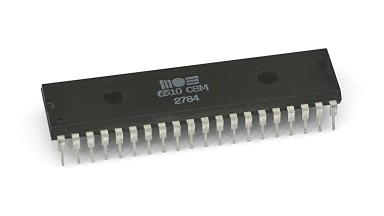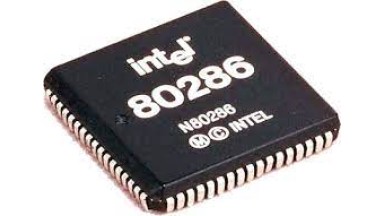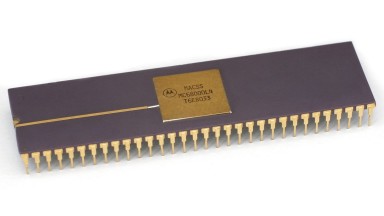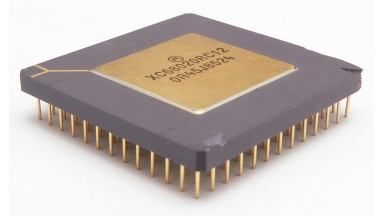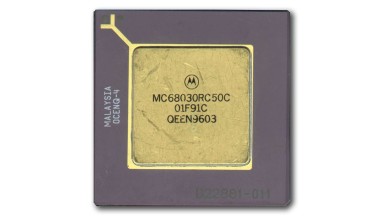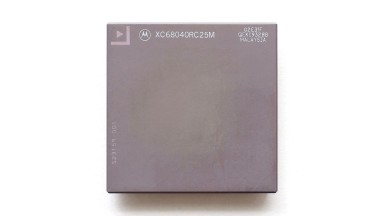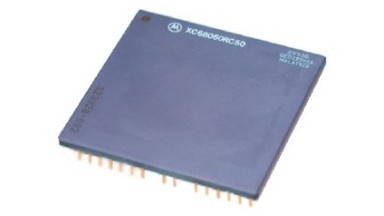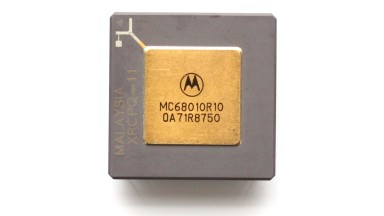
Motorola 68010
Motorola 68010 microprocessor technical specifications
Developed by: Motorola
Launched: 1982
ALU bits: 16
Clock: 8 MHz
until 16 MHz
Family: 68k
Transistors: 69 000
The Motorola 68010 corrected several bugs of the 68000 and added some features, which allowed it to use paged virtual memory.
It addresses a major flaw in the 68000, its failure to meet Popek and Goldberg's virtualization requirements (a privileged instruction, MOVE from SR, is user-based rather than supervisor-based), and adds support for memory access error recovery, implemented as an exception, enabling the implementation of virtual memory.
Additionally, the 68010 has a "loop mode," which provides a mini-instruction cache, speeding up two-instruction loops. The performance benefit over the 68000 is typically less than 10% in practice.
The 68010 is not 100% software-compatible with the 68000.
The 68010 could be used with the 68451 MMU, but faced design issues, particularly a 1-clock memory access penalty. This unpopular configuration led other vendors, such as Sun Microsystems, to use their own MMU design.
The 68010 was never as popular as the 68000, given its limited added value and increased cost. Most vendors interested in MMU functionality waited for the 68020.
It was used by Sun Microsystems in its Unix workstations (Sun-100U and Sun-2) and by Silicon Graphics for its Unix workstations (IRIS 1400, IRIS 1500, IRIS 2000).
It was also used by HP in its HP9000 300/310 series with a proprietary HP MMU, and also in the AT&T Unix PC, which also contained a proprietary DEC MMU.
Since there was a 68010 variant that was pin-to-pin compatible with the 68000, some Amiga users replaced their 68000s with 68010s to get a small performance boost.
